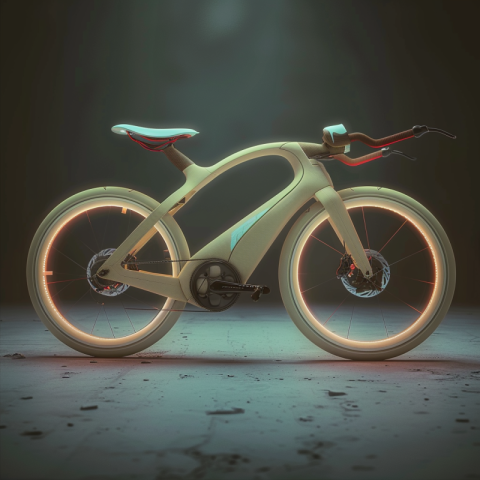
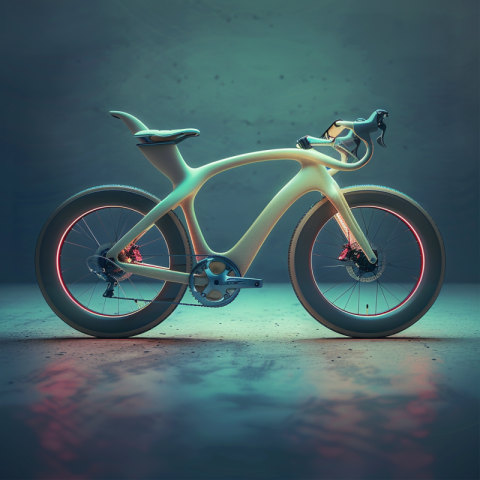
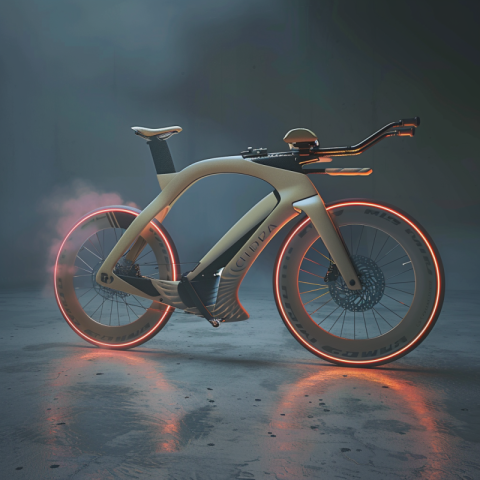
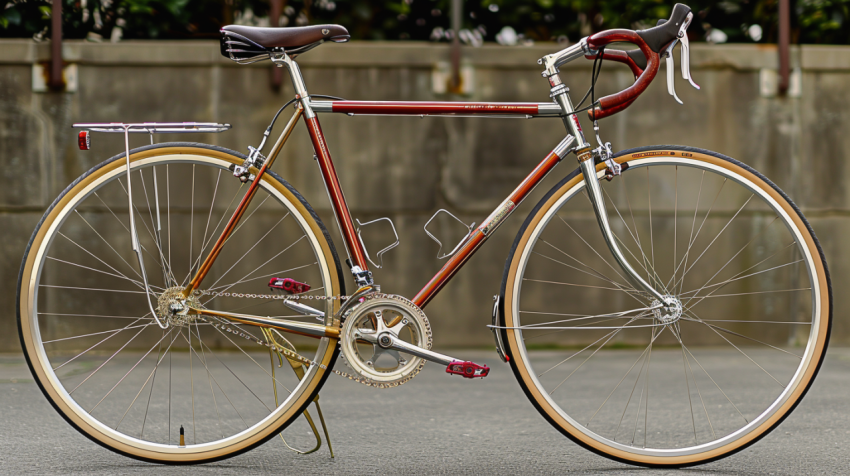
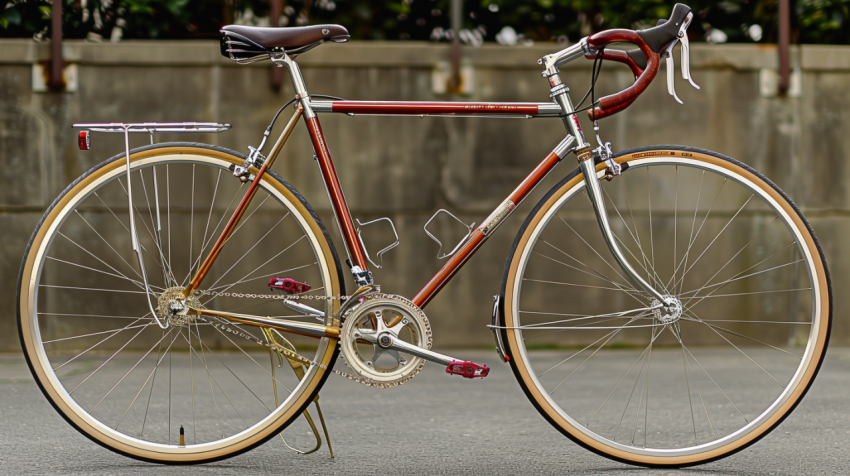
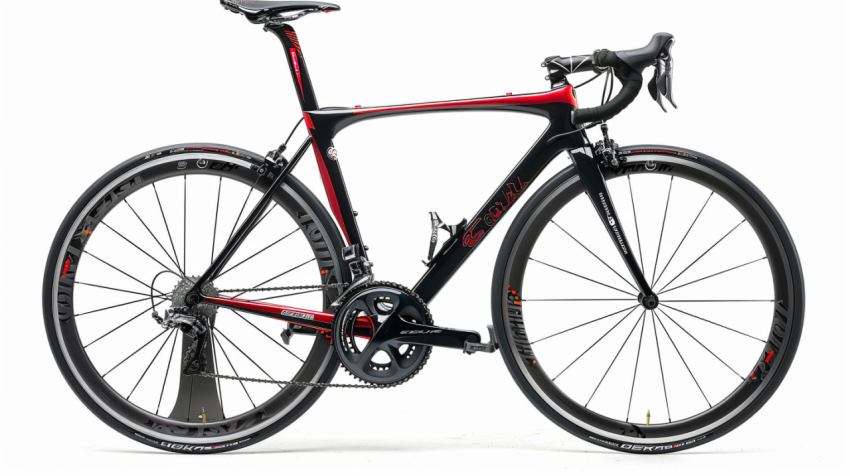

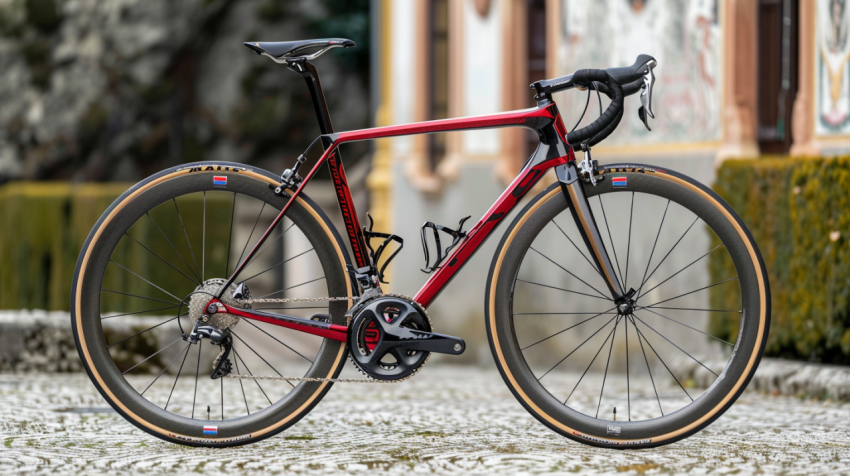
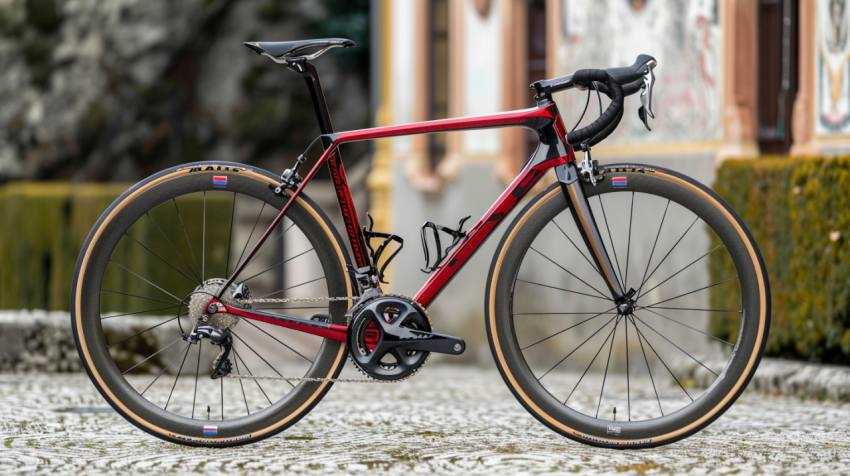
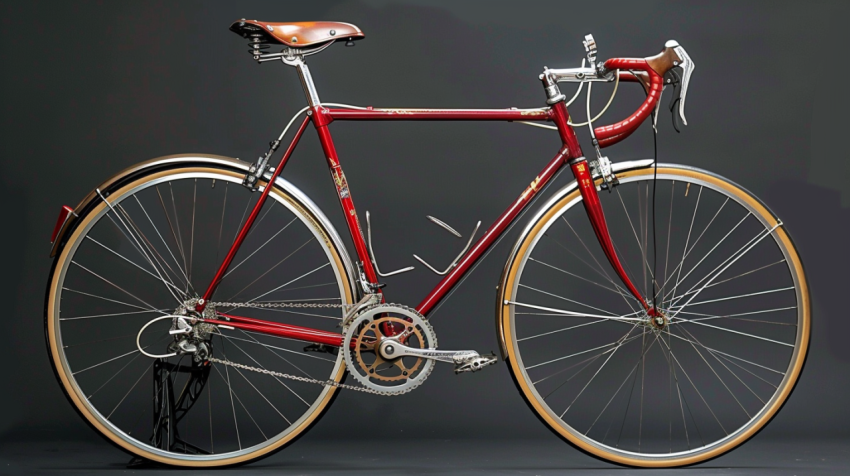

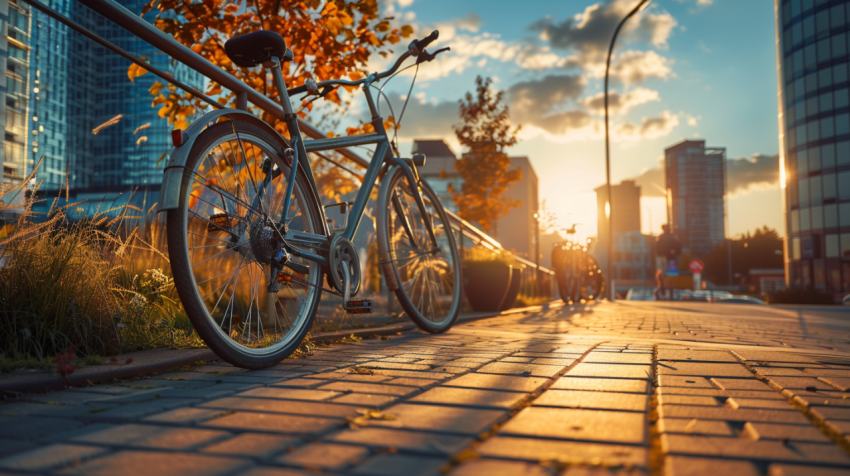
Exploring the World of Cycles: Types, Features, and Applications
The humble bicycle, or cycle, has evolved far beyond its original form into a vast array of specialized designs catering to diverse needs and preferences. Whether you're a seasoned cyclist or a curious beginner, understanding the different types of cycles and their intended uses is crucial for choosing the right bike for your riding style and goals. This guide explores the major categories of cycles, highlighting their key features and applications.
1. Road Bikes:
Designed for speed and efficiency on paved surfaces, road bikes are characterized by their lightweight frames, narrow tires, and drop handlebars.
-
Features:
- Lightweight Frames: Typically made of aluminum, carbon fiber, or steel.
- Narrow, High-Pressure Tires: Minimize rolling resistance for speed.
- Drop Handlebars: Allow for multiple hand positions, including an aerodynamic tucked position.
- Multiple Gears: Provide a wide range of gear ratios for efficient pedaling on varying terrain.
-
Uses:
- Road racing
- Fitness riding
- Long-distance touring
- Commuting
-
Sub-types:
- Race Bikes: Ultra-lightweight, designed for maximum speed and efficiency.
- Endurance Bikes: More comfortable geometry for longer rides, often with slightly wider tires.
- Touring Bikes: Built for long-distance, self-supported touring, with features like racks and fenders.
2. Mountain Bikes:
Built for off-road adventures, mountain bikes are rugged and durable, with features designed to handle rough terrain.
-
Features:
- Strong Frames: Typically made of aluminum, carbon fiber, or steel, designed to withstand impacts.
- Wide, Knobby Tires: Provide traction on loose surfaces like dirt, gravel, and mud.
- Suspension: Front suspension (hardtail) or full suspension (front and rear) to absorb bumps and impacts.
- Powerful Brakes: Disc brakes are standard, providing reliable stopping power in all conditions.
- Flat Handlebars: Offer a more upright riding position for better control on technical terrain.
-
Uses:
- Trail riding
- Cross-country riding
- Downhill racing
- Enduro riding
-
Sub-types:
- Cross-Country (XC) Bikes: Lightweight and efficient for climbing and covering long distances.
- Trail Bikes: Versatile bikes capable of handling a wide range of trails.
- Enduro Bikes: Designed for aggressive riding on challenging terrain, with more suspension travel than trail bikes.
- Downhill (DH) Bikes: Built for high-speed descents on steep, technical terrain, with maximum suspension travel and heavy-duty components.
3. Hybrid Bikes:
Hybrid bikes combine features of road bikes and mountain bikes, offering a versatile option for riders who want a bike that can handle both paved and unpaved surfaces.
- Features:
- Medium-Width Tires: Offer a balance of efficiency on pavement and traction on light trails.
- Upright Riding Position: More comfortable than a road bike, but more efficient than a mountain bike.
- Flat Handlebars: Provide good control and visibility.
- Suspension (Optional): Some hybrids have front suspension for added comfort on rougher surfaces.
- Uses:
- Commuting
- Fitness riding
- Light trail riding
- Recreational riding
4. Cruiser Bikes:
Designed for comfortable and leisurely riding, cruiser bikes are known for their simple design, upright riding position, and balloon tires.
- Features:
- Balloon Tires: Provide a cushioned ride and good traction on various surfaces.
- Upright Riding Position: Comfortable and relaxed.
- Single-Speed or Coaster Brakes: Simple and low-maintenance.
- Wide, Comfortable Saddle:
- Swept-Back Handlebars
- Uses:
- Beach cruising
- Casual riding around town
- Short commutes
5. BMX Bikes:
BMX (Bicycle Motocross) bikes are designed for tricks, stunts, and racing on dirt tracks or in skateparks.
- Features:
- Small, Sturdy Frames: Typically made of steel or aluminum.
- 20-inch Wheels: Provide maneuverability and strength.
- Single-Speed: Simple and durable.
- Strong Brakes (Optional): Rear brakes, not always equipped on freestyle bikes.
- Uses:
- Freestyle riding (tricks and stunts)
- BMX racing
- Dirt jumping
6. Electric Bikes (E-bikes):
E-bikes are equipped with an electric motor that provides assistance while pedaling, making it easier to ride up hills, cover longer distances, or simply enjoy a more effortless ride.
-
Features:
- Electric Motor: Provides assistance up to a certain speed (typically 20 or 28 mph in the US).
- Battery: Powers the motor, with varying ranges depending on the battery capacity and level of assistance used.
- Pedal-Assist System: The motor engages when the rider pedals.
- Throttle (Optional): Some e-bikes have a throttle that allows the motor to be engaged without pedaling.
-
Uses:
- Commuting
- Fitness riding
- Recreational riding
- Assisting riders with physical limitations
-
Sub-types:
- Commuter E-bikes: Designed for urban riding, often with features like fenders, racks, and lights.
- Mountain E-bikes: Allow riders to tackle more challenging terrain and longer distances.
- Road E-bikes: Provide assistance for faster speeds and longer distances on paved surfaces.
- Cargo E-bikes: Equipped with racks or baskets for carrying cargo.
7. Folding Bikes:
Folding bikes are designed to be compact and portable, making them ideal for commuters or riders with limited storage space.
- Features:
- Folding Frame: Allows the bike to be folded into a smaller size for easy transport and storage.
- Small Wheels: Typically 20 inches or smaller.
- Adjustable Seat and Handlebars: To accommodate different rider heights.
- Uses:
- Commuting, especially when combined with public transportation
- Travel
- Storage in small spaces
8. Recumbent Bikes:
Recumbent bikes offer a unique riding position where the rider is seated in a reclined position with their legs extended forward.
- Features:
- Reclined Seat: Provides back support and a more aerodynamic position.
- Under-Seat or Over-Seat Steering:
- Long Wheelbase or Short Wheelbase:
- Uses:
- Comfortable long-distance riding
- Recreational riding
- Alternative for riders with back or neck pain
Conclusion:
The world of cycles offers a diverse range of options to suit every rider's needs and preferences. From the speed and efficiency of road bikes to the rugged versatility of mountain bikes, the comfortable cruising of beach cruisers to the assisted power of e-bikes, there's a perfect cycle out there for everyone. Understanding the different types of cycles, their features, and their intended uses is the first step towards finding the right bike to help you enjoy the freedom, fitness, and fun that cycling provides. As cycling continues to grow in popularity and technology advances, we can expect even more specialized and innovative designs to emerge, further expanding the possibilities of this versatile and enduring mode of transportation and recreation.
types of cycles, road bike, mountain bike, hybrid bike, cruiser bike, BMX bike, electric bike, e-bike, folding bike, recumbent bike, road bike features, mountain bike features, hybrid bike features, best road bike, best mountain bike, best hybrid bike, best e-bike, commuter bike, touring bike, fitness bike, best bike for beginners, how to choose a bike, bike buying guide, different types of bikes, bicycle types, road cycling, mountain biking, bike commuting, bike touring, cycle, bicycle, bike, types of bicycles, different types of bicycles, bicycle, types of bikes, different types of bikes, road bikes for beginners, mountain bikes for beginners, hybrid bikes for beginners, what is a hybrid bike, what is a mountain bike, what is a road bike, what is an e-bike, how to choose a road bike, how to choose a mountain bike, how to choose a hybrid bike, how to choose an e-bike, best road bikes under $1000, best mountain bikes under $1000,

